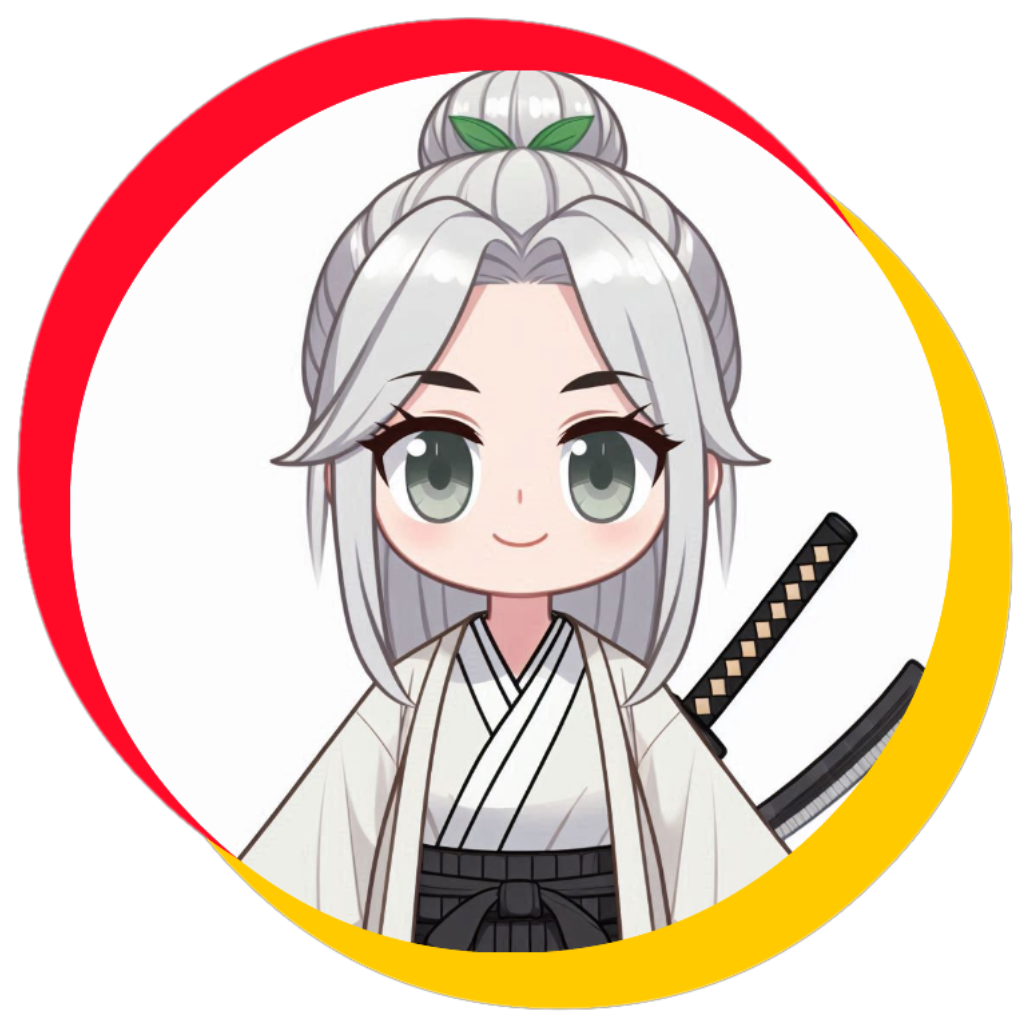From Flashcards to AI: Studying Japanese then and now.
Back in the 1990s, when I first started studying Japanese, my tools were simple: paper-based study guides, cassette tapes, and stacks of handwritten flashcards. I remember lugging around thick grammar books and scribbling kanji over and over in notebooks, hoping the repetition would make them stick. There was a kind of charm to it: slow, tactile, and deeply personal. But it was also time-consuming, expensive, and sometimes isolating.
Fast forward to today, and the landscape of Japanese language learning has completely transformed. There are countless affordable (and even free) resources available online: apps, YouTube channels, podcasts, and yes, even AI tools like ChatGPT.
Using ChatGPT to study Japanese has opened up a whole new world of possibilities. You can:
Practice conversation in real time, with instant feedback.
Get grammar explanations tailored to your level and learning style.
Translate and break down sentences, helping you understand nuance.
Create custom quizzes or flashcards based on what you're studying.
Explore cultural context, idioms, and even business etiquette.
It’s like having a patient, knowledgeable tutor available 24/7 without the pressure or cost. And while nothing replaces real-life immersion or human connection, AI can be a powerful supplement to your studies.
Of course, working with a real Japanese teacher is still the best way to learn. A skilled instructor can guide your progress, correct subtle mistakes, and offer cultural insights that AI simply can’t replicate. But for everyday practice, review, and curiosity-driven learning, ChatGPT can be a fun and flexible companion.
If you’ve been learning Japanese for a long time like me I’m curious as to how your learning journey evolved. And if you’ve never tried using AI to study Japanese, maybe today’s the day to give it a go. Ask ChatGPT to quiz you on verb conjugations, explain keigo, or help you write a haiku. You might be surprised at how fun and effective it can be.


